Sometimes you are just too lazy to think of what to cook and what to watch especially with this cold weather outside. The Dutch Pub at Narodni Trida is meant to be the place you would love to hang out with your friends and family or your significant one. Come and enjoy homemade burgers, tv with over 500 channels, and even live music.
“Homeburgers” that is how they called here, are made with a unique recipe and include only fresh meat. Lunch menu would cost you 130 CZK with soup, main dish, and lemonade. The favorite beer here is Krusovice which comes directly from the tank. The kitchen is open so you can see the cooking process and maybe learn how to cook (joking). Also, it is possible to order fresh fish such as sea bass, shrimps and so on.
The capacity here is also reasonable – 180 people, the pub also has 2 sections: the first one is a bar area and the second one is more a restaurant section. Thus, you can choose according to your mood which area you go to today.
“It is not like a job for me, this place is like my child,” says Gabriela Košťálová the Dutch pub manager. The staff here is trying to connect special bonds with customers. “Customers for us are like friends, we like to have this friendly environment,” notes Košťálová. That is why some of the customers even spend the whole day here, ordering breakfast, lunch, and dinner and watching tv.
But that is not only the case, the staff also helped people if they lost the documents or needed any kind of help. “We are everything: google maps, nurses, lawyers, police,” she laughs.
You may have funny stories here and go a little bit wild at weekends and still come back without being embarrassed. “What happens in the Dutch pub, stays in the Dutch pub,” says Košťálová mysteriously
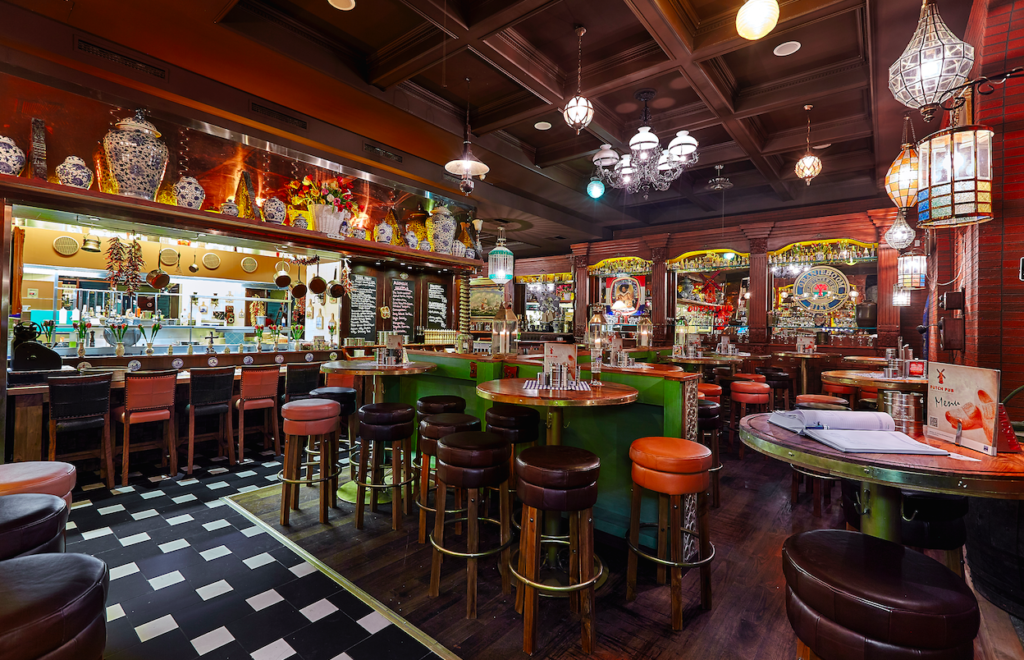
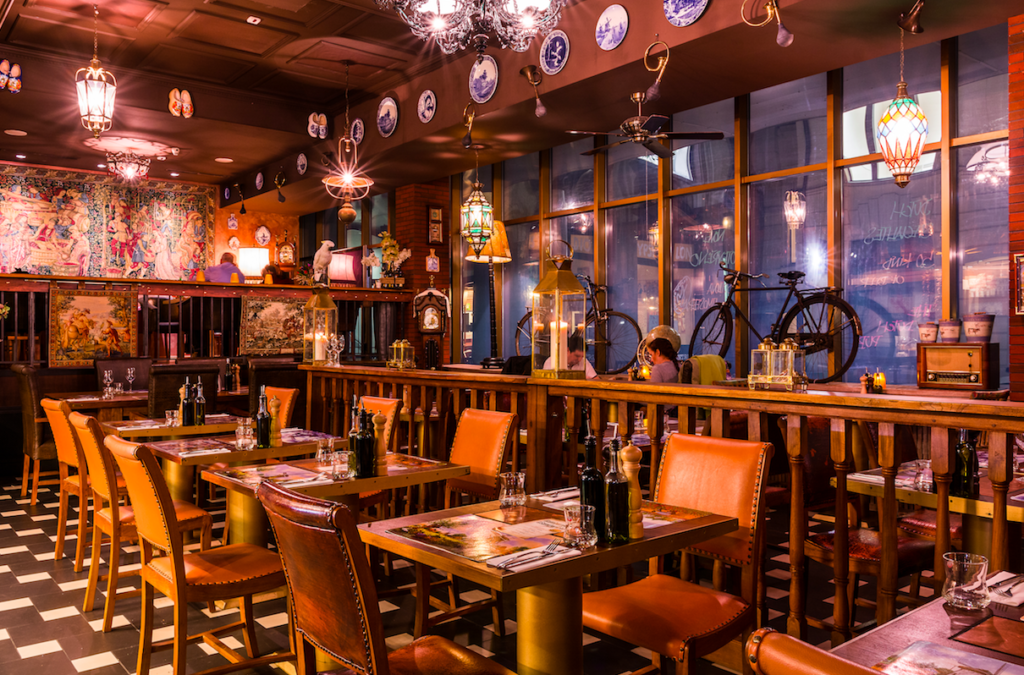

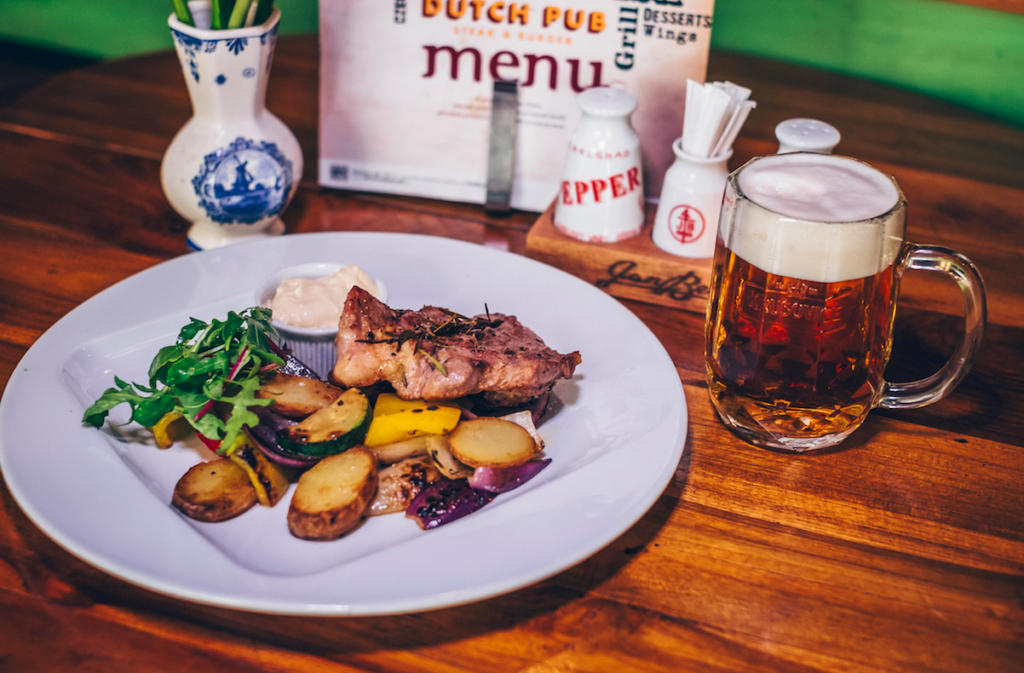
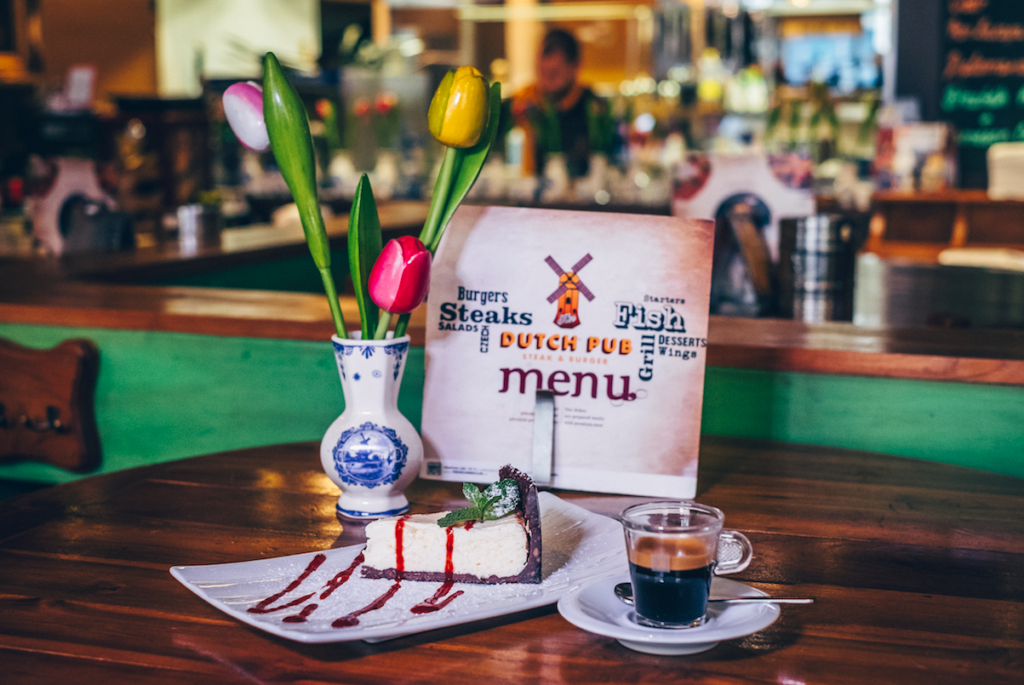
The number of office schemes built in Prague this year is the highest in the last five years: a total of 17 new buildings providing office space will have opened by the end of the year. The last time the market reached such a high figure was in 2014 – at the time, it was 18 schemes. In the meantime, the number was one-third lower, about 11 buildings on average.
Out of the total 17 schemes to be commissioned this year (both completed and slated for completion by the end of the year), six are refurbishment projects and 11 are completely new builds. Again, this is the highest figure in recent years, and again, the last year when there were more new buildings completed was 2014, with 12 schemes.
Karlín and Smíchov remain firm favourites
The highest number of office schemes – three each – are currently being completed in Prague 5 (ČSOB HQ. II in Radlice, SmichOFF and Green Point near Anděl), Prague 7 (Centrum Stromovka in Letná, Argentinská Office Building and Riveroff Office House in Holešovice) and Prague 8 (DOCK IN THREE in Libeň, Rustonka R3 and Praga Studios in Karlín). With the exception of one project, these are all newly built developments, for which the city districts still have room.
By contrast, no building is being developed or refurbished in Prague 3 this year; the district has been one of the least sought-after office locations for a long time. Other than that, there are one or two schemes in each of Prague’s districts. For instance, the ARA Palace, originally a department store dating back to the 1930s, and the building at Na Poříčí 5 close to the Palladium shopping centre, have been completed in the historic centre of Prague 1.
Sustainability as the principal trend
Both new development and refurbishment place great emphasis on environmental aspects, sustainable operation and energy efficiency. Compliance with all environmental standards is a matter of course; many buildings boast certificates such as LEED and BREEAM. New buildings often include features such as cooling beams, energy recuperation lifts, smart LED lighting, ingenious façades and heating, ventilation and air conditioning systems and other elements that reduce electricity and water consumption.
Market boom aids development
The favourable economic situation and steadily declining vacancy rates are the factors that developers have been trying to use as much as they can. Their speculations for quick earnings fell through in 2009 because the economic crisis affected the period from the commencement to the completion of projects, with a major negative impact on demand. At the same time, it has to be said that developers in Prague cannot really plan the launch of their projects due to the complex, unclear and, most importantly, protracted permission process.
Older buildings are refurbished because it is necessary to respond to the competition and to the changing requirements for office space among employees.
207,000 sq m of new space, two-thirds of which already occupied
Overall, 2019 will bring almost 207,000 sq m of new space. The greatest area (30,000 sq m) is attributable to the ČSOB HQ. II project, which will be fully occupied by the bank. The Harfa Office Center will have a similar floor area – and it is also 100% occupied now; the ARA Palace boasts being fully occupied as well.
The demand for new office space is huge: 61% of the aggregate floor area in all 17 schemes of 2019, including those in progress, has already been taken up. Considering only projects under construction, the take-up (pre-lease) figure is not small by any means: it is 50 per cent in aggregate.
Rustonka is one example of a project that was occupied quite quickly and successfully: its third building was only completed in the last quarter, but as of now only 250 sq m remains vacant – less than two per cent of the total floor area.
More new projects in the pipeline
Radka Novak, Head of Cushman & Wakefield’s Office Agency Team, says: “It seems that this year will be a peak in terms of the number of projects completed, though next year should be very active too. It might break another record if all the projects slated for completion in 2020 are actually completed.”
As of now, there are a total of 12 projects, including nine new ones, in progress and slated for completion next year. There are six more buildings (three new ones and three refurbished ones) that should be completed by the end of 2020, although the actual construction has not started yet. If everything goes as planned, there will be a total of 18 schemes, including 12 new ones.
Czech Prime Minister Andrej Babis will attend in New York this week the United Nations General Assembly.
The Czech prime minister said he had a meeting scheduled with Ukrainian President Volodymyr Zelensky on the UN sidelines to discuss bilateral relations.
The annual event opens on Tuesday. The Czech government said Babis would address the gathering on Wednesday as a stand-in for President Milos Zeman.
The assembly will also be attended by Japan’s new foreign minister, Toshimitsu Motegi, who will be in New York from September 22-28. He said a meeting with his South Korean counterpart was not planned. Ties between the two neighbors soured this year over wartime forced labor.
Trade wars, migration, energy supplies, climate change and the eradication of poverty underpin the basic themes of the 193-member General Assembly agenda.
The White House said U.S. President Donald Trump on Monday will host a meeting on the Global Call to Protect Religious Freedom and is not scheduled to attend the climate summit.
Trump has announced that the United States was ending participation in the Paris Agreement. However, many U.S. states, municipalities, and businesses are continuing to abide by the Paris accord.
On Tuesday, Guterres and the president of the 74th session of the General Assembly, Tijjani Muhammad-Bande, will deliver opening remarks at the General Debate, followed by a probably eye-catching speech by Trump.
A photography exhibition bringing to life some of the 1989‘s most dramatic moments. The pictures capture not only the Velvet Revolution but also what lead to it. They are also showcased pictures taken on the street of Berlin and Bucharest.
Opening time:
- daily 11:00 – 19:00
Admission fee:
- adults CZK150
- students under 26 years CZK70
- seniors over 65 years CZK70
- a family ticket (2 adults + 2 children) CZK350
- children younger 10 years old for free
Address:
Old Town Hall – Cloisters and Knights’ Hall, Staroměstské náměstí 1.

© Jan Šibík

© Jan Šibík

© Jan Šibík

© Jan Šibík
“Street artists” wearing enormous animal costumes will no longer be able to perform in the center of Prague. In addition to inflatable bears, bubble artists will also be eliminated from the city streets of Prague.
The amendment to the Decree was approved by the councilors yesterday.
These attractions are governed by regulations on street art or busking, but officials have now decided that they do not qualify for that category.
The ban will be active in Old Town Square, Velkopřevorské náměstí, náměstí Míru, as well as Nerudova Street and Spálená street between Purkyňova and Národní Třída.
Performers also must not stand where they would block the passage of pedestrians or stand in the entrance to buildings or the metro.
“The giant mascots are not really street art, and the amendment about busking takes this into account. Kitschy characters do not belong in Old Town,” said the Prague Mayor Zdeněk Hřib when the issue first came up.
Prague 1 Mayor Pavel Čižinský previously said the decree should be changed so that busking is “something that is at least a little artistic, not a stupid attraction that only pollutes the public space.”
This is a crazy special treat. Hamerský sklípek used to be known under the name of “Fajna ďura” which is actually a Northern Moravian language (not used so much in Prague) and the name of this place means literally “nice den”. And moreover, this place looks somehow like a South Moravian wine cellar. And it is a nice den.
At this place, I like not only sitting by the pond and looking at the islands and ducks and herons and coots and all the green or white, as you can enjoy this place both in summer and in winter, I also like the way you get here a lot.
I feel amazed by the surroundings of this quiet place as there is a tram terminal station in an industrial area about 500m from here in one direction, and a big train yard and a sports area in other directions, and you still have no idea and you feel like you are in the middle of nowhere. (Unless you look a bit to the right where the prefab houses are visible behind the cute little church.)
Hamerský sklípek is actually a wine cellar (which is the meaning of the Czech word “sklípek”) with quite a nice selection of white, red and rosé wines, beers from two craft breweries, some soft drinks of course and a basic offer of food. Don’t expect anything fancy though.
The inside space can take up to about 30 people but there’s no need to stay inside. And they are organizing special events, just check their FB page.
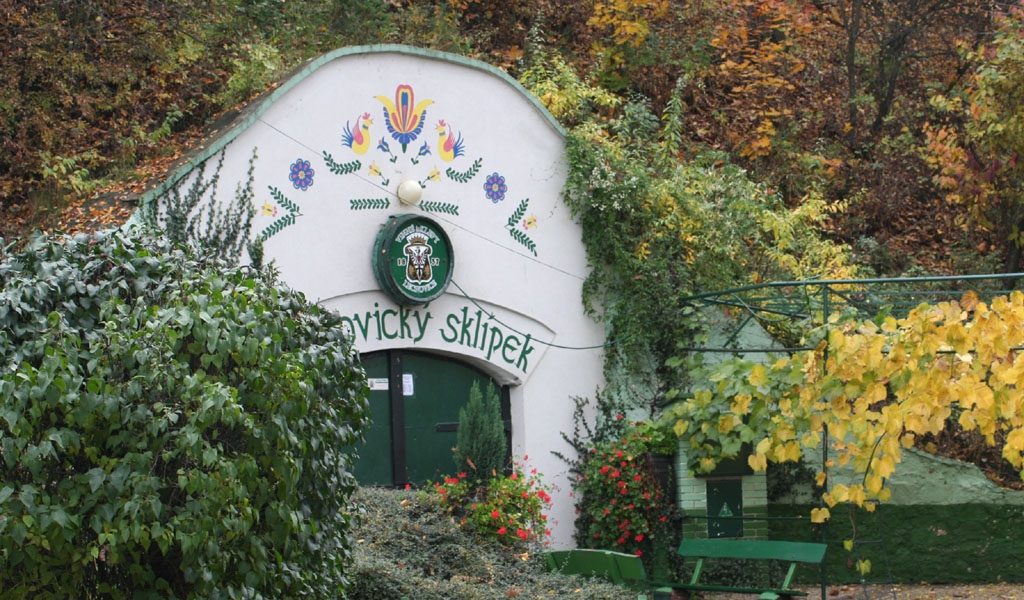
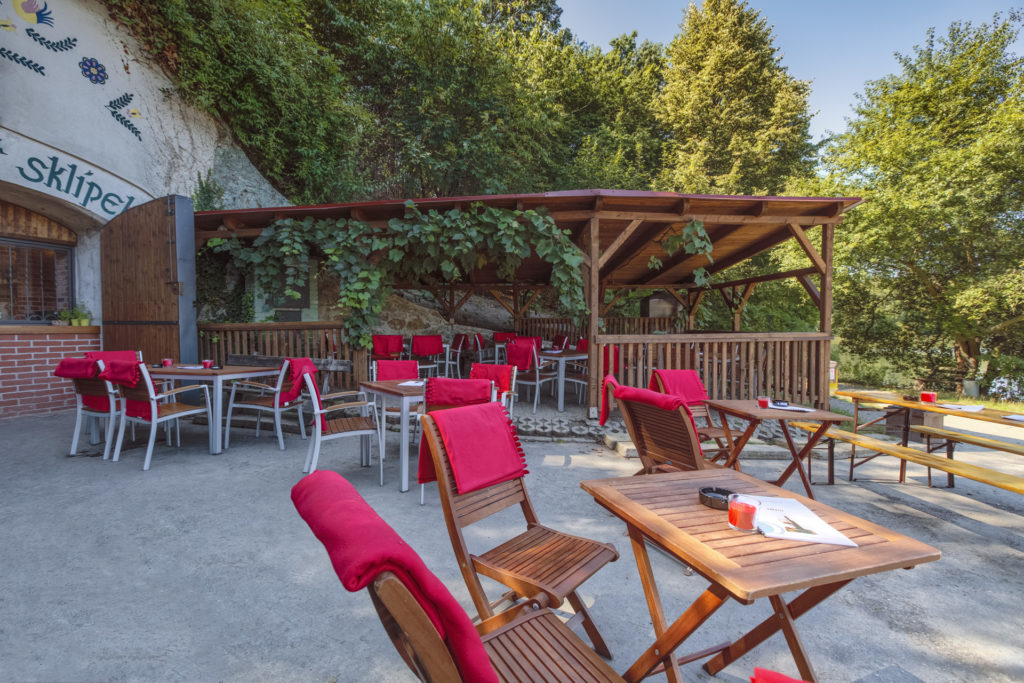
Author: Janina Michlová. You can find the original article here
Spotted by Locals Prague is a blog (and iPhone & Android app) by locals who live & love their city.
Brownfields belong to the major urban problems in Czechia. These derelict areas are characterized by decayed, abandoned buildings and sometimes by contaminated land.
Now Prague authorities are aiming to give these areas a new lease of life in an attempt to ease an acute housing shortage, create jobs and attract investment in projects.
Brownfields are located in places with already existing public transport and are connected to other infrastructure. For the city, support for private construction on brownfields is the best solution to the current housing crisis, according to Central Group.
Unused “brownfield” sites in the center cover an estimated 940 hectares, the equivalent of 1,000 soccer fields. Proposed projects include converting an abandoned milk factory into shops and apartments, and turning part of a derelict train station into office and residential space.
Czech developer Central Group has acquired a brownfield site in Prague’s Zličín district and plans to use it to build a new neighborhood with up to 6,000 apartments and tram service.
Penta is planning to build up to 500 apartments on the currently unused four-hectare brownfield of the Nákladové nádraží Žižkov. The new urban district will have a high-quality architecture, greenery and civic amenities.
However, it is not easy to conduct extensive construction work in a historic, UNESCO-protected city center. Navigating a lengthy permitting process, complicated by the fact each of Prague’s 57 districts wield their own power, has slowed progress for local investors and largely blocked foreign investors so far.
Within the European Mobility Days, the Car Free Day will take place on Saturday 21 September in four Prague locations. In the City centre on Mariánské náměstí in Prague 1 and in the districts of Kbely, Dolní Měcholupy, and Újezd. The motto of this year is “Walk with us”!
The European Mobility Week 2019 program in Prague offers a range of events and accompanying activities. On Monday, September 16, there was the Day without Road Death – EDWARD. The purpose of the event was to make road users think about their traffic behaviour.
On Tuesday there was a discussion on Micromobility as a transport solution in cities. Wednesday offered Traffic Education Day for Children. Thursday belonged to the discussion The Threat of MAMATAXI – aimed at parents who drive their kids to and from school. On Friday, September 20, the second year of the Educational Day without Barriers at the European House in Jungmannova Street was organized.
This EUROPEAN MOBILITY WEEK puts the spotlight on safe walking and cycling and the benefits it can have for our health and environment. Active transport modes such as walking and cycling are emission-free.
The motto of the European Mobility Week highlights walking this year and pedestrians are slowly taking back Prague streets. Mariánské square, once a parking lot, will become on Saturday 21 September a car-free zone with plans to turn it into a cultural hotspot. This day the Mariánské square will be enlivened with live music, theatre performances, dances and workshops for children.
Intended to highlight alternative methods of transportation throughout major European cities, European Mobility Week has been held since 2002.
International Car Free Day, or World Car Free Day, has been developed for decades but gained traction in the 2000s and now coincides with European Mobility Week. Last year, Prague celebrated its first official Car Free Day.
Prague has been discussing how to improve public transport to the airport for many years. Passengers who do not drive their own vehicles can now use buses of line 119, or taxi.
There has been much talk about the construction of the railroad track right up to the terminals or the extension of the metro, but overall everything is overtaken by another means of transport. The City of Prague announced that the 119 buses will be replaced the large-capacity electric buses in 2023.
They should relieve the current onslaught as they offer much greater capacity, as well as relieve the environment.
“The priority for us is still the fast-track to the airport, which is an investment of the Railway Infrastructure Administration and we are working intensively on it. However, due to the size of the building, this is the first solution for 2028. We decided to make it easier for passengers as soon as possible,” said Deputy Mayor of Transport Adam Scheinherr.
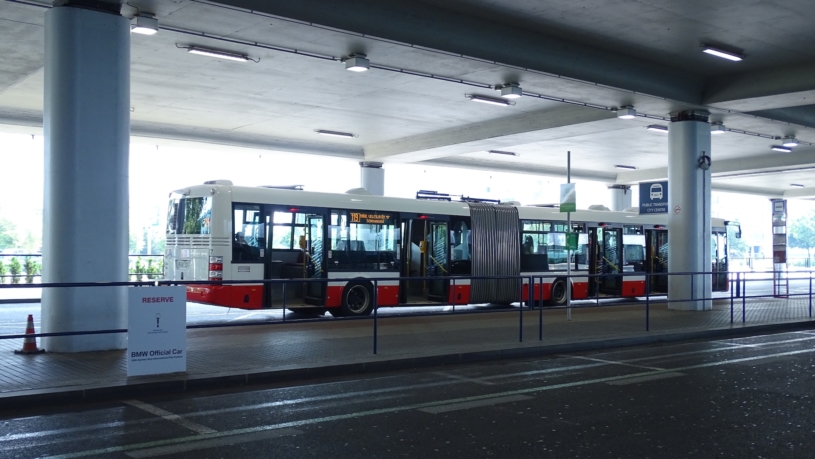
The result should be the electrification of route 119, for which Prague plans to purchase a total of 20 large-capacity three-cell battery-electric buses. “They will be 25 meters in length, which will greatly improve passenger comfort, make transportation easier by avoiding the adding of more bus connections while reducing exhaust emissions to zero,” adds Scheinherr.
The electrified line will, therefore, be built on the route from Nádraží Veleslavín to Václav Havel Airport, however, the trolleys that will be powered by the electric buses will not be all the way. Partial trolleybuses should be deployed, which can run part of the route without trolley lines only on batteries.
The total investment in electrification is expected to cost almost 900 million crowns, with the most going to battery buses.
In addition, Prague wants to take advantage of the synergies within the tram power network when constructing the electrified line. Although electric buses should not only be a temporary solution before the railway line is built at the airport, it will also find use elsewhere.
The infrastructure will also be used to extend the tram line from Divoká Šárka to Dědina, and Prague plans to deploy electric buses on the overloaded 112 line.
Within the next phase, the new trolleybuses are intended to relieve passengers primarily from the airport (because the line 119 today runs every 3-5 minutes, and the total number of connections in one direction is up to 250 daily, which at times it is overloaded). Since it makes no sense to further shorten the interval, Prague decided to invest in larger electric buses.
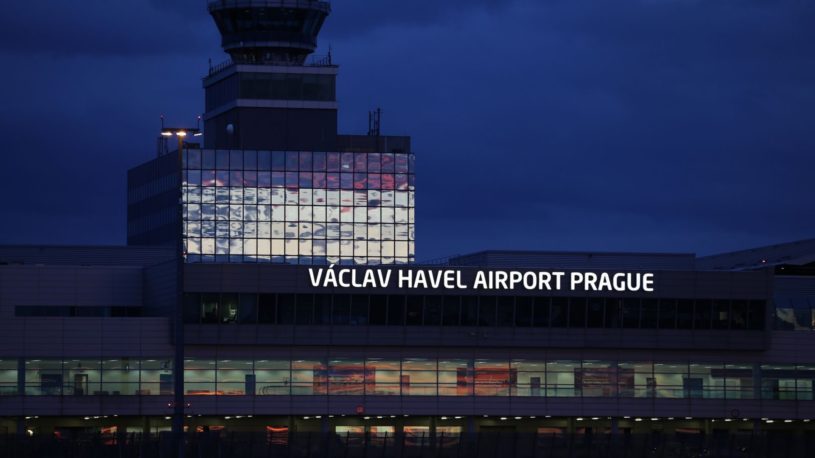
A 27-year-old woman with a transplanted womb gave birth in Prague’s Motol hospital in August and her child is thus the first baby born that way in the Czech Republic.
The woman had undergone a womb transplant in 2017. The boy was born by Caesarean section on August 29.
“This is the first such case in the Czech Republic when we were able to hold the pregnancy in a womb transplant patient all the way up to birth,” the hospital’s spokeswoman Pavlina Dankova said.
He was delivered by Caesarean section in the 35th week of the pregnancy of the mother, who is 27 years old.
Doctors said the mother would keep the transplanted womb in case she wishes to have a second child.
This year, the Czech Republic has taken 24th place in the 2019 Social Progress Index.
The country climbed two places compared to last year, even though it received fewer points than in 2018.
The index is annually prepared by the Social Progress Imperative NGO and Deloitte based on data about the level of social and economic development and the state of the environment. Of the 149 countries which were included in the comparison, Norway came on top while the Central African Republic was last.
The Czech Republic achieved the best results in economic indicators and basic human needs, specifically nutrition and basic medical care, water and sanitation, shelter, and personal safety.
In contrast, tolerance and inclusion has taken a downward turn in the Czech Republic, ranking it among countries the likes of Botswana. A high score was also achieved by the Czech Republic in respect of access to basic knowledge.
“Even the richest countries have weaknesses they have to address. We should be concerned that personal rights indicators are falling. Even in the US”, said Deloitte President Josef Kotrba. “If we compare the four Visegrad countries in the area of personal rights, the Czech Republic is far ahead of Slovakia, Poland, and Hungary,” he added.
The Czech Republic is launching a competition for towns and municipalities to test 5G technologies, following a national strategy approved in May.
“5G technologies are crucial to the development of local governments,” commented the Czech deputy prime minister and minister of industry and trade, Karel Havlíček. “As a result, municipalities will be able to work more closely with companies and universities on new systems such as smart transportation, security and digital applications for citizens. All in the spirit of making the Czech Republic a country of the future.”
One of the main goals of the auction is to promote increased competition within the Czech market and to attract new market entrant(s). It is hoped that this will help to reduce the current high costs of mobile services in the Czech Republic. To this end, block allocation of the 2×10 MHz spectrum in the 700 MHz frequency band will be reserved exclusively for new operators.
The competition will show both municipalities and citizens how new technologies can help to improve the quality of life.
“Our aim is to promote the competitiveness of regions using smart approaches while avoiding regional disparities,” added Minister for Regional Development Klára Dostálová.
The Czech Telecommunication Office plans to kick-off an auction of 5G-suitable frequencies in early November, seeking to attract bids from a new fourth mobile network operator to tackle the long-standing problem of high mobile rates in the country.
Within three years of the auction, the current operators will have to cover 95% of all municipalities that presently lack high-speed internet coverage.
As part of its ongoing plans to introduce fifth-generation technology, O2 Czech Republic has activated in June its 5G network, running in a live environment, covering the city of Koline in the Central Bohemian Region (55km east of Prague).
